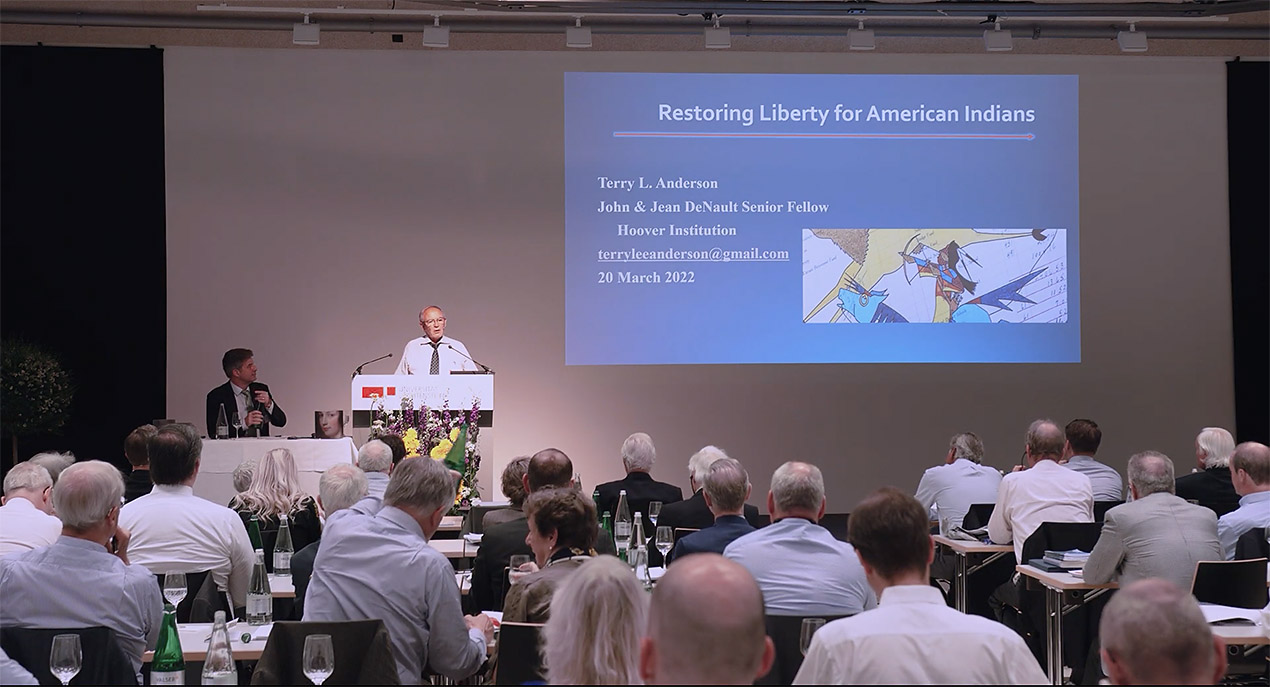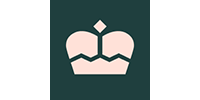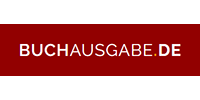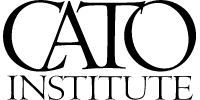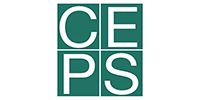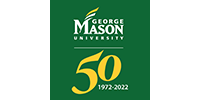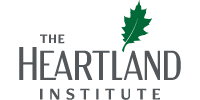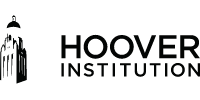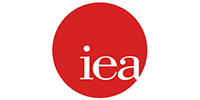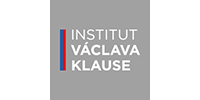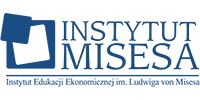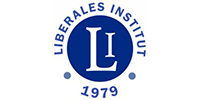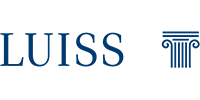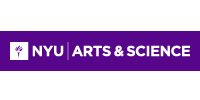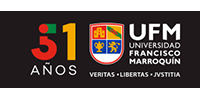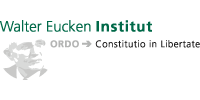Gold Money in a Digitalised World Economy
by Thorsten Polleit*
This paper was presented at the III. ECAEF/CEPROM Conference on “Concurrent Currencies: Curse or Cure?” in Monaco on Dec. 6, 2018. These academic conferences in honor of Jacques Rueff are planned and organized by ECAEF (European Center of Austrian Economics Foundation, Liechtenstein) and hosted in Monaco by CEPROM (Center of Economic Research for Monaco).
(1) What this paper is all about
The emergence of new technologies and their impact on peoples’ lives – the buzzwords are digitalisation and digital transformation – brings far-reaching change. In fact, it may even revolutionise the world’s current monetary system by giving people a free choice of
currency. Needless to say that such a development could turn out to be fairly disruptive, inducing economic and political change on a possibly grand scale: The propagation of new technologies among consumers and corporates – distributed ledger technologies (DLT) in particular – could ultimately pose a challenge to the prevailing state-controlled fiat currency architecture.

At the very heart, a free choice in currency and its concomitant competition among currencies, if let loose, would presumably also affect the state as we know it today and with it the established economic and political-social order. – The purpose of this paper is twofold. First, it wants to explain that a free market in money is nothing to fear, that it is the ‘natural order of money’ and as such highly desirable from an economic and socialethical viewpoint. Second, the article attempts to outline that a free market in money is practicable and feasible, and that the idea of a free market in money has already gained quite some ground in recent years.
Right at the start I should emphasise that a free market in money is the direct result of what Ludwig von Mises (1881 – 1973) termed the sound money principle: “[T]he soundmoney principle has two aspects. It is affirmative in approving the market’s choice of a commonly used medium of exchange. It is negative in obstructing the government’s propensity to meddle with the currency system.” And further: “It is impossible to grasp the meaning of the idea of sound money if one does not realise that it was devised as an
instrument for the protection of civil liberties against despotic inroads on the part of governments. Ideologically it belongs in the same class with political constitutions and bills of rights.”
This paper has been structured as follows: It starts with some fundamental insights into monetary theory (2). To make a case for afree market in money, the economic and ethical deficiencies of today’s fiat currencies will be highlighted (3). Against this backdrop, the functioning of a free market in money will be outlined and its potential for development will be illustrated by (i) latest moves in various US federal states to officially treat gold and silver as money and (ii) recent attempts to provide a digitalised gold trading and payment system (4). After some remarks about the economic and social-political consequences a return to a free market in money might entail (5), the article concludes with some considerations as to whether a free market in money will (still) be possible (6).
(2) Fundamentals of Monetary Theory
Let us start with a simple question: What is money? Answer: Money is the universally accepted means of exchange, and as such, it is a good like any other. However, it money the most liquid good: It has the highest marketability of all goods. Monetary history informs us that precious metals, gold and silver in particular, have been the preferred means of money.
Why is that so? Well, a good that shall serve as money must have specific physical properties. For instance, the good in question must be scarce, homogenous, durable, transportable, divisible, mintable, and it must represent a relatively high value per unit. In basically all countries and civilisations, two commodities have been dominant whenever they were available to compete as money with other media: gold and silver. Money originated from the spontaneous actions in the free marketplace, as pointed out by the Austrian economist Carl Menger (1840 – 1921) in his landmark book Grundsätze der Volkswirthschaftslehre published in 1871.
Endowed with a minimum intelligence, people will sooner or later engage in a division of labour, resulting in a specialisation of production. To reap the fruits of a higher productivity of labour fully, trading becomes necessary. To make trading most convenient, people will take recourse to an indirect means of exchange. And the most commonly used indirect means of exchange will ultimately be voluntarily chosen as money. Menger also pointed out that money has developed from commodities such as precious metals. This idea was later (praxeo-)logically explained by Ludwig von Mises, who put forward the so-called regression theorem.
Three additional monetary theory insights should be noted here. – First, the optimal number of monies in an economy is one – for if all people use the same money, the efficiency of economic calculation is optimised. That said, in a free market system there would be a tendency towards the emergence of a single money …
Read the full version here ->
Gold Money in a Digitalised World Economy (PDF)
*Thorsten Pholleit is Honorary Professor of Economics, University of Bayreuth (thorsten.polleit@uni-bayreuth.de). This paper was presented at the Annual Conference of the Center of Economic Research for Monaco (CEPROM), held at the Oceanographic Museum in Monaco, 5 – 6 December 2018, Monaco.



